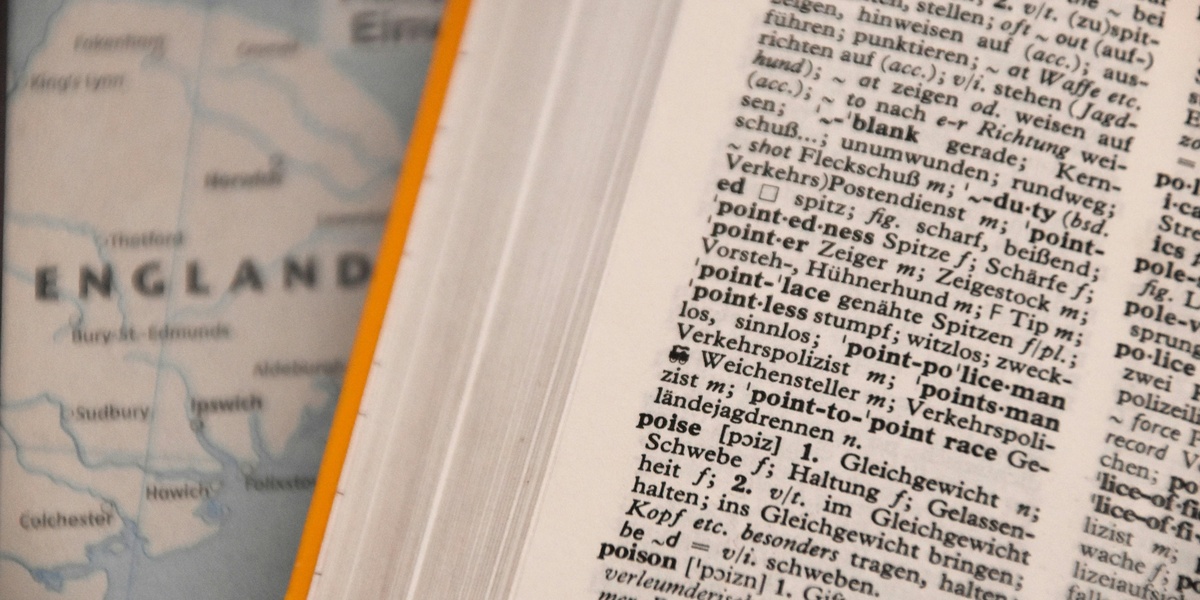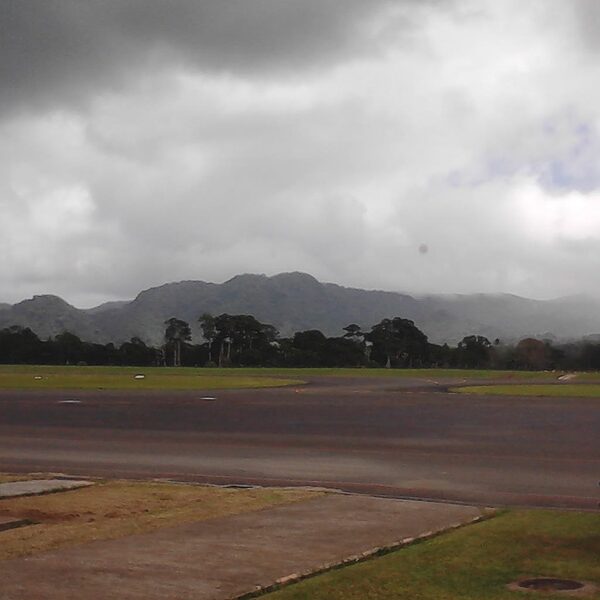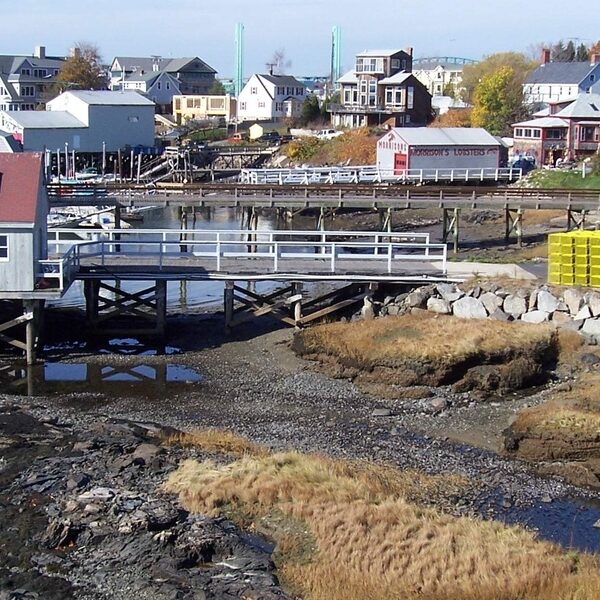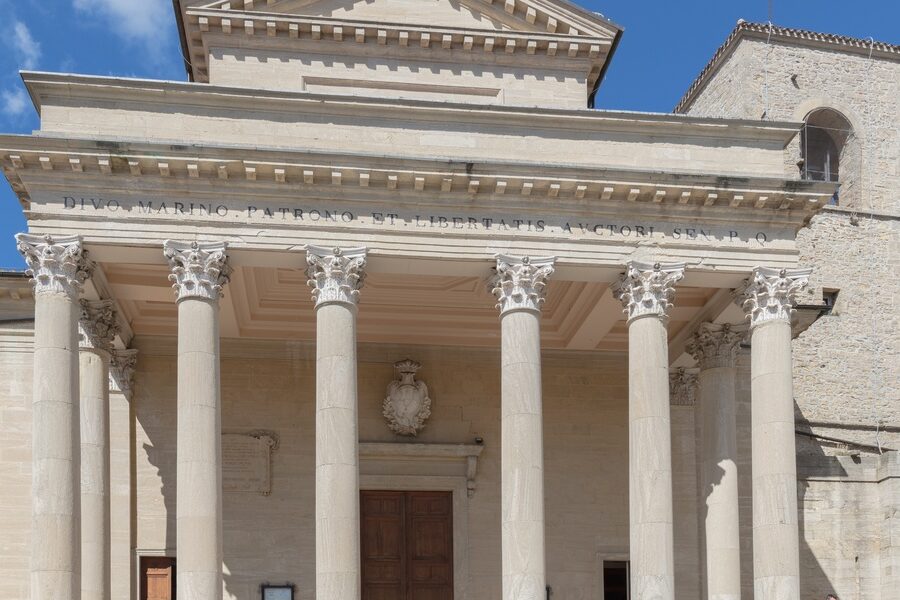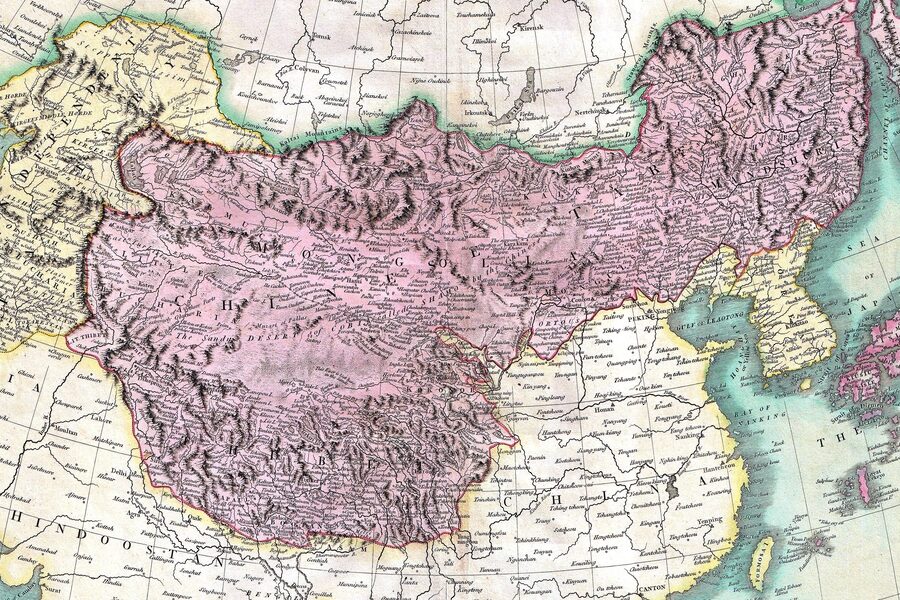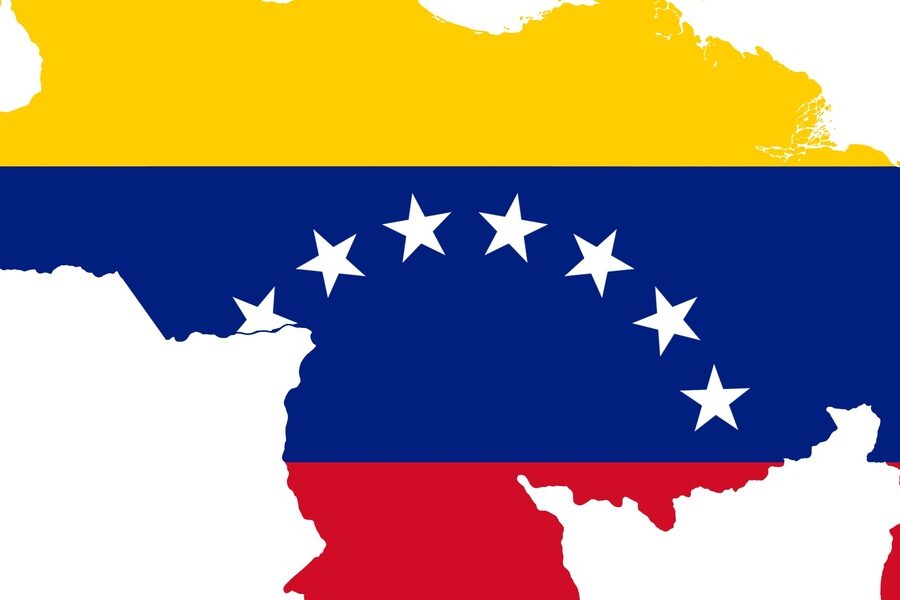South Sudan sits at the crossroads of the Nile and the Sahel, a place where riverine plains, savanna and migration history have shaped a rich linguistic map. Languages here reflect ethnic identities, trade routes and the legacy of colonial and regional contacts, making any list both a linguistic inventory and a cultural snapshot.
There are 69 Languages Spoken in South Sudan, ranging from Acholi to Zande. The entries are organized with Family,Speakers (approx),Main regions so you can quickly see language families, estimated speaker numbers and where each language is used; you’ll find below.
Which languages are most widely spoken in South Sudan?
Dinka and Nuer are the largest language groups by number of speakers, followed by Bari, Shilluk and Zande in certain regions; Arabic varieties and English (official) also play important roles in trade, administration and interethnic communication.
How reliable are the speaker estimates in the list?
Speaker counts are approximate: they come from a mix of censuses, academic surveys and NGO reports, and can vary due to recent displacement, limited census coverage and differing survey methods, so treat the numbers as useful estimates rather than exact figures.
Languages Spoken in South Sudan
| Language | Family | Speakers (approx) | Main regions |
|---|---|---|---|
| English | Indo-European | 200,000+ | Nationwide (urban centers) |
| Juba Arabic | Arabic-based creole | 5,000,000+ | Nationwide (especially towns) |
| Dinka, Northeastern | Nilo-Saharan, Western Nilotic | 1,190,000 | Jonglei, Upper Nile |
| Dinka, South-Central | Nilo-Saharan, Western Nilotic | 2,000,000+ | Lakes, Warrap, Northern Bahr el Ghazal |
| Dinka, Southeastern | Nilo-Saharan, Western Nilotic | 500,000 | Jonglei |
| Dinka, Southwestern | Nilo-Saharan, Western Nilotic | 500,000 | Northern Bahr el Ghazal, Western Bahr el Ghazal |
| Dinka, Northwestern | Nilo-Saharan, Western Nilotic | 100,000 | Abyei Area, Unity |
| Nuer | Nilo-Saharan, Western Nilotic | 1,800,000+ | Jonglei, Unity, Upper Nile |
| Zande | Niger-Congo, Ubangian | 720,000 | Western Equatoria |
| Shilluk | Nilo-Saharan, Western Nilotic | 523,000 | Upper Nile |
| Bari | Nilo-Saharan, Eastern Nilotic | 420,000 | Central Equatoria |
| Toposa | Nilo-Saharan, Eastern Nilotic | 340,000 | Eastern Equatoria |
| Murle | Nilo-Saharan, Surmic | 200,000 | Jonglei, Pibor Administrative Area |
| Lotuko | Nilo-Saharan, Eastern Nilotic | 185,000 | Eastern Equatoria |
| Kakwa | Nilo-Saharan, Eastern Nilotic | 185,000 | Central Equatoria |
| Luwo | Nilo-Saharan, Western Nilotic | 173,000 | Western Bahr el Ghazal, Northern Bahr el Ghazal |
| Moru | Nilo-Saharan, Central Sudanic | 152,000 | Western Equatoria |
| Mundari | Nilo-Saharan, Eastern Nilotic | 141,000 | Central Equatoria |
| Lopit | Nilo-Saharan, Eastern Nilotic | 125,000 | Eastern Equatoria |
| Avokaya | Nilo-Saharan, Central Sudanic | 100,000 | Western Equatoria |
| Jur Modo | Nilo-Saharan, Central Sudanic | 100,000 | Western Bahr el Ghazal |
| Didinga | Nilo-Saharan, Surmic | 100,000 | Eastern Equatoria |
| Anuak | Nilo-Saharan, Western Nilotic | 78,000 | Jonglei |
| Pojulu | Nilo-Saharan, Eastern Nilotic | 75,000 | Central Equatoria |
| Kukú | Nilo-Saharan, Eastern Nilotic | 70,000 | Central Equatoria |
| Acholi | Nilo-Saharan, Western Nilotic | 60,000 | Eastern Equatoria |
| Kresh | Nilo-Saharan, Central Sudanic | 54,000 | Western Bahr el Ghazal |
| Thuri | Nilo-Saharan, Western Nilotic | 52,000 | Western Bahr el Ghazal, Warrap |
| Mabaan | Nilo-Saharan, Maban | 50,000 | Upper Nile |
| Reel | Nilo-Saharan, Western Nilotic | 50,000 | Lakes, Unity |
| Uduk | Nilo-Saharan, Koman | 47,000 | Upper Nile |
| Balanda Bor | Nilo-Saharan, Western Nilotic | 43,000 | Western Bahr el Ghazal |
| Baka | Nilo-Saharan, Central Sudanic | 43,000 | Western Equatoria |
| Ndogo | Niger-Congo, Ubangian | 39,000 | Western Bahr el Ghazal |
| Mundu | Niger-Congo, Ubangian | 38,000 | Western Equatoria |
| Lango | Nilo-Saharan, Eastern Nilotic | 38,000 | Eastern Equatoria |
| Ma’di | Nilo-Saharan, Central Sudanic | 37,000 | Eastern Equatoria |
| Lokoya | Nilo-Saharan, Eastern Nilotic | 30,000 | Eastern Equatoria |
| Pari | Nilo-Saharan, Western Nilotic | 28,000 | Eastern Equatoria |
| Nyangwara | Nilo-Saharan, Eastern Nilotic | 26,000 | Central Equatoria |
| Bongo | Nilo-Saharan, Central Sudanic | 23,000 | Western Bahr el Ghazal |
| Dongotono | Nilo-Saharan, Eastern Nilotic | 20,000 | Eastern Equatoria |
| Belanda Viri | Niger-Congo, Ubangian | 16,000 | Western Bahr el Ghazal |
| Yulu | Nilo-Saharan, Central Sudanic | 13,000 | Western Bahr el Ghazal |
| Burun | Nilo-Saharan, Nilotic | 13,000 | Upper Nile |
| Beli | Nilo-Saharan, Central Sudanic | 11,000 | Western Equatoria |
| Feroge | Niger-Congo, Ubangian | 11,000 | Western Bahr el Ghazal |
| Keliko | Nilo-Saharan, Central Sudanic | 10,000 | Central Equatoria |
| Tennet | Nilo-Saharan, Surmic | 10,000 | Eastern Equatoria |
| Banda-Ndele | Niger-Congo, Ubangian | 10,000 | Western Bahr el Ghazal |
| Nyangatom | Nilo-Saharan, Eastern Nilotic | 8,000 | Eastern Equatoria |
| Tima | Niger-Congo, Katla-Tima | 7,400 | Disputed (Nuba Mountains) |
| Logol | Niger-Congo, Heiban | 7,000 | Disputed (Nuba Mountains) |
| Lafofa | Niger-Congo, Talodi-Heiban | 6,000 | Disputed (Nuba Mountains) |
| Tingal | Niger-Congo, Rashad | 5,000 | Disputed (Nuba Mountains) |
| Bai | Niger-Congo, Ubangian | 4,100 | Western Bahr el Ghazal |
| Sere | Niger-Congo, Ubangian | 4,100 | Western Bahr el Ghazal |
| Banda-Tangbago | Niger-Congo, Ubangian | 3,000 | Western Bahr el Ghazal |
| Banda-Zaga | Niger-Congo, Ubangian | 3,000 | Western Bahr el Ghazal |
| Talodi | Niger-Congo, Talodi-Heiban | 3,000 | Disputed (Nuba Mountains) |
| Suri | Nilo-Saharan, Surmic | 2,500 | Jonglei |
| Gula | Nilo-Saharan, Central Sudanic | 1,100 | Western Bahr el Ghazal |
| Laru | Niger-Congo, Heiban | 1,000 | Disputed (Nuba Mountains) |
| Kara | Nilo-Saharan, Central Sudanic | 1,000 | Central Equatoria |
| Ngulgule | Niger-Congo, Daju | 900 | Western Bahr el Ghazal |
| Indri | Niger-Congo, Ubangian | 700 | Western Bahr el Ghazal |
| Mangayat | Niger-Congo, Ubangian | 500 | Western Bahr el Ghazal |
| Opuuo | Nilo-Saharan, Koman | 300 | Upper Nile |
| Aja | Nilo-Saharan, Central Sudanic | 200 | Western Bahr el Ghazal |
Images and Descriptions
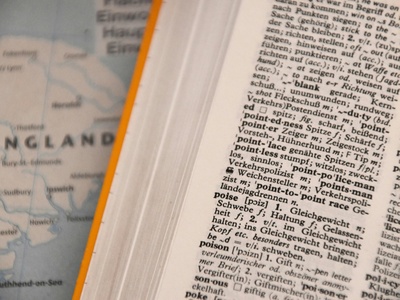
English
The sole official language of South Sudan, used in government, education, and international communication. While few speak it as a first language, it is vital for formal contexts and among the educated elite.
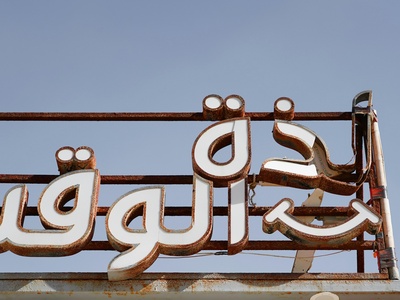
Juba Arabic
The main lingua franca of South Sudan, used for daily communication between different ethnic groups. It developed in the 19th century and is distinct from Sudanese Arabic, with a simpler grammar and local influences.

Dinka, Northeastern
One of the five major varieties of Dinka, spoken by the Padang dialect cluster. It is a vital language for community identity and culture, forming part of South Sudan’s largest ethnic group.
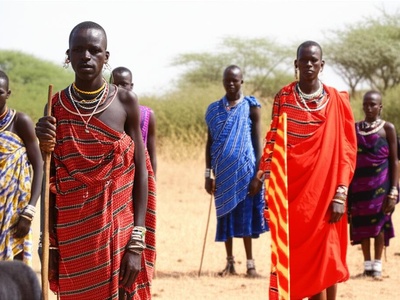
Dinka, South-Central
The largest Dinka variety, encompassing the Agar, Ciec, Gok, and Rek dialects. It is a major language of the central cattle-herding regions and holds significant cultural and political influence.
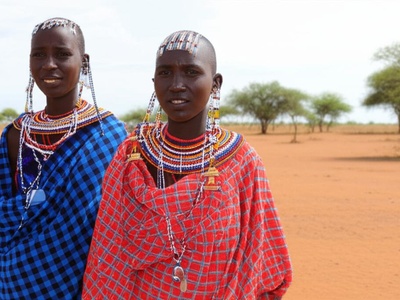
Dinka, Southeastern
Spoken primarily by the Bor, Twi, and Nyarweng peoples, this Dinka variety is centered around the state capital of Bor. It has a high degree of mutual intelligibility with other Dinka languages.
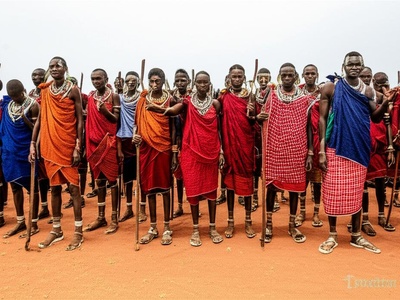
Dinka, Southwestern
Also known as the Rek dialect cluster, this variety is spoken in the western Dinka territories. Its speakers are a major part of the Dinka macrolanguage community, which is the largest in South Sudan.
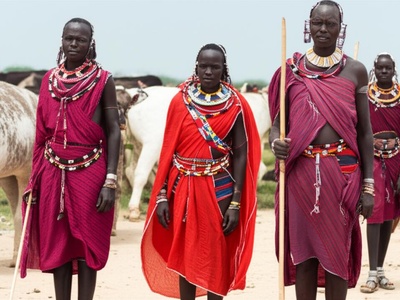
Dinka, Northwestern
This Dinka variety, also known as Ruweng, is spoken north of the Bahr el Ghazal river. Its speakers are primarily pastoralists, and the language is integral to their cultural life in the oil-rich border regions.
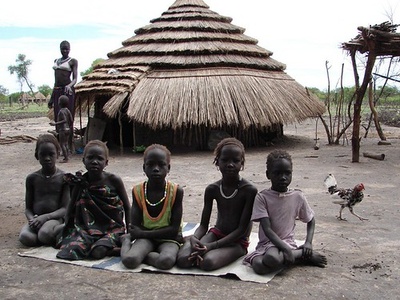
Nuer
The second most-spoken indigenous language in South Sudan. Nuer is the language of a major pastoralist community and has significant political and cultural weight. It is closely related to Dinka and Shilluk.
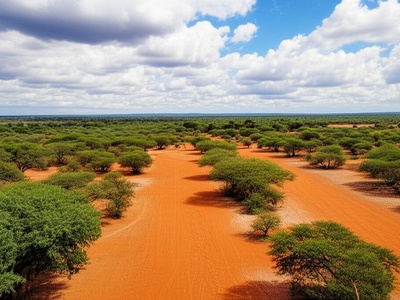
Zande
A major language of the Zande people in the southwestern region, also spoken in DRC and CAR. It is a prominent language in states like Western Equatoria and is known for its rich oral literature.
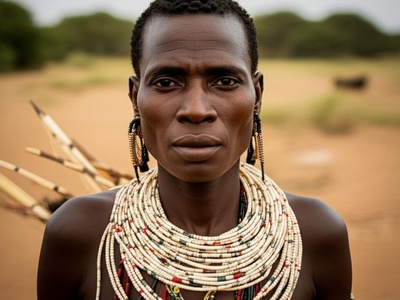
Shilluk
Spoken along the west bank of the White Nile, this is the language of the historic Shilluk Kingdom. It plays a central role in the cultural identity of the Shilluk people and is known for its complex tone system.
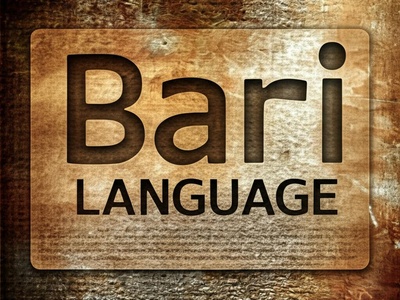
Bari
The language of the Bari people, centered around the capital city, Juba. It is an important regional language and is part of a cluster that includes Kakwa, Pojulu, and Mundari.
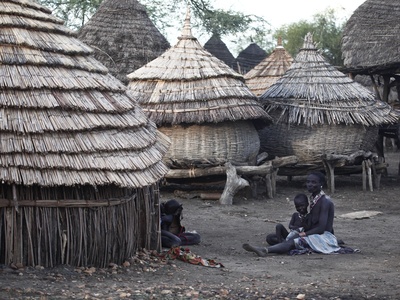
Toposa
A major language of the pastoralist Toposa people in the southeast. It is closely related to Turkana in Kenya and Karamojong in Uganda, forming part of the Teso-Turkana language cluster.
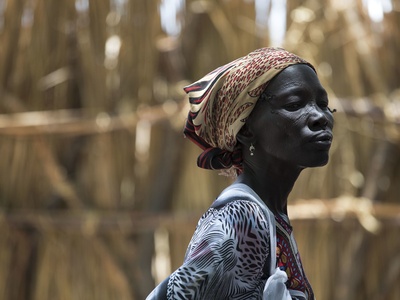
Murle
Spoken by the Murle people, this language is part of the Surmic branch. It is the dominant language in the Pibor area and is known for having a rare verb-subject-object word order.

Lotuko
Also known as Otuho, this is a major language of the Lotuko people, centered around the town of Torit. The language is part of a cluster that includes Lopit, Lango, and Dongotono.

Kakwa
Spoken in the Yei region and across the borders into Uganda and DRC. Kakwa is part of the Bari dialect cluster but is recognized as a distinct language with a strong cross-border community.
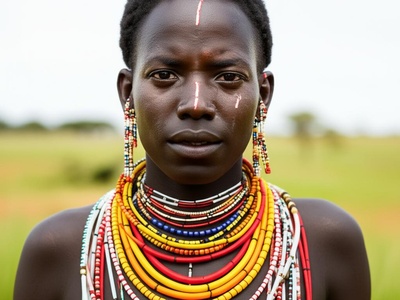
Luwo
Also commonly known as Jur, this language is spoken by an agriculturalist community around Wau and Aweil. It is related to Shilluk and Anuak but is geographically separated from them.

Moru
A prominent language in the Mundri area of Western Equatoria. The Moru people have a strong tradition of using the language in literacy and church services, which has helped maintain its vitality.
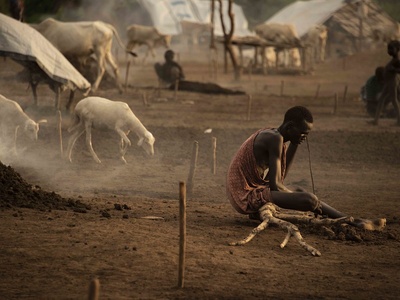
Mundari
Closely related to Bari, Mundari is spoken by a pastoralist group north of Juba. Despite its proximity to Bari, it is considered a distinct language and is central to Mundari cultural identity.
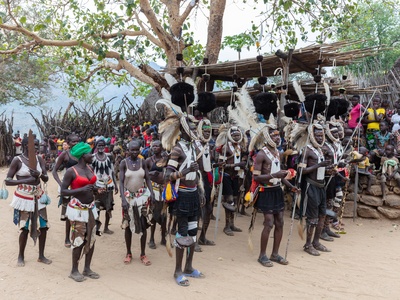
Lopit
Spoken in the Lopit mountains, this language is part of the Lotuko language group. The Lopit people are agriculturalists, and their language remains vigorous in their home communities.
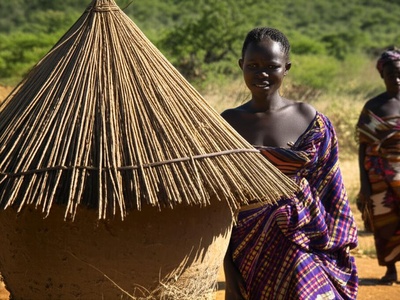
Avokaya
Spoken near the border with the Democratic Republic of Congo. The Avokaya community was significantly displaced by conflict, but the language remains a vital part of their identity.

Jur Modo
Also known as ‘Lori’, this is the most widely spoken of the Bongo-Bagirmi languages in South Sudan. It is used by the Jur Modo people near the city of Wau and serves as a local lingua franca.
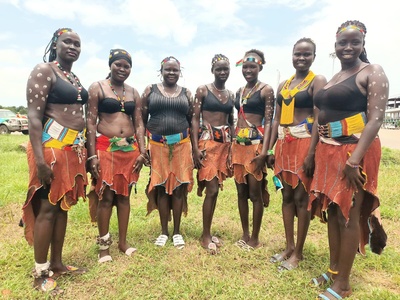
Didinga
The language of the Didinga people in the Didinga Hills. It is part of the Surmic language family, which also includes Murle and Tennet, and is vital for community life in this highland region.

Anuak
Spoken by the Anuak people in the eastern plains near the Ethiopian border. The language is closely related to Shilluk and is central to the identity of its agriculturalist speakers.
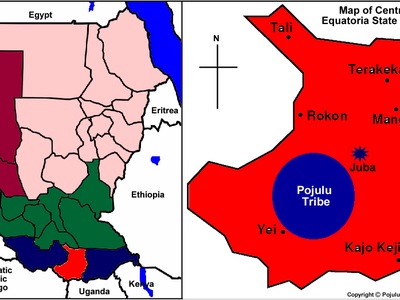
Pojulu
Another language from the Bari cluster, spoken west of the Nile in Lainya County. It is mutually intelligible with other Bari dialects but has a distinct identity and is used in local churches and schools.

Kukú
Spoken in Kajo-Keji county, this is another member of the Bari language family. The Kuku people are a prominent community in the region, and their language remains vibrant.
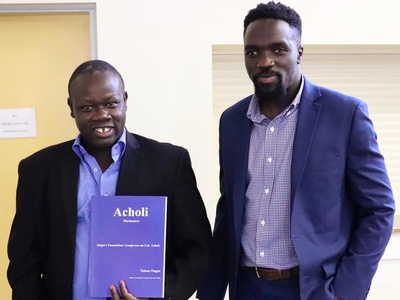
Acholi
Primarily spoken in Uganda, there is a significant community of Acholi speakers in the Magwi county of South Sudan. The language is part of the Luo language family, which also includes Shilluk and Luwo.
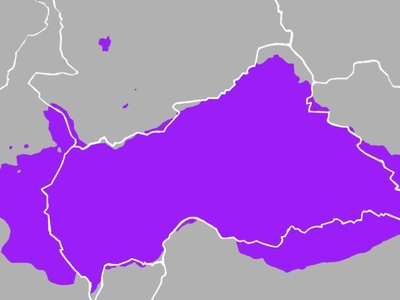
Kresh
Also known as Kresh-Gbaya, this language is spoken in the Raja area. It has two main dialects, Naka and Dongo, and is a key marker of Kresh identity in a linguistically diverse region.

Thuri
Spoken by a subgroup of the Luo people, sometimes considered a dialect of Luwo. The speakers are scattered among Dinka communities, leading to significant bilingualism.
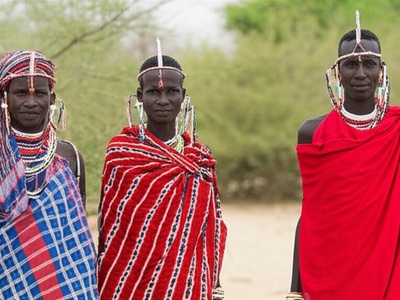
Mabaan
Spoken in Maban county near the Ethiopian and Sudanese borders. It is part of the Maban language family, which is distinct from the more common Nilotic and Sudanic families in the country.
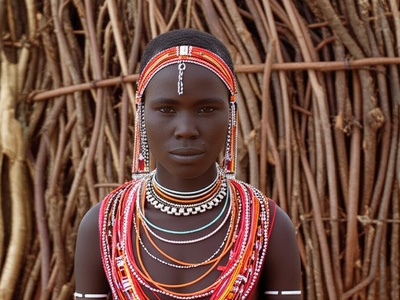
Reel
Also known as Atuot, this is the language of the Atuot people, who are culturally and linguistically very close to the Nuer. It is considered by some to be a dialect of Nuer.

Uduk
Also known as Tw’ampa, spoken by a community that has been frequently displaced by conflict. The language is part of the small Koman family, which is distinct from other major families in the region.
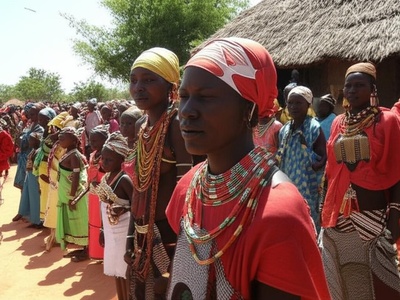
Balanda Bor
Spoken by the Balanda Bor people, who are ethnically related to the Belanda Viri but speak a Luo language. The community is an interesting example of language shift and complex ethnic identity.
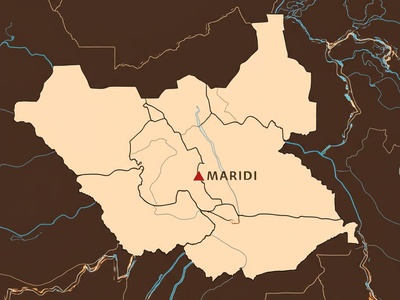
Baka
Spoken in the Maridi area, Baka is a Central Sudanic language. It is unrelated to the Baka language of Central African pygmies. The community has a strong cultural identity tied to their language.

Ndogo
A Gbaya language spoken around Wau and Raja. It has served as a local lingua franca in its region, used by speakers of smaller languages like Bai and Bviri for inter-group communication.

Mundu
An Ubangian language spoken near the border with the Democratic Republic of Congo. It is part of the same language group as Zande and Ndogo.
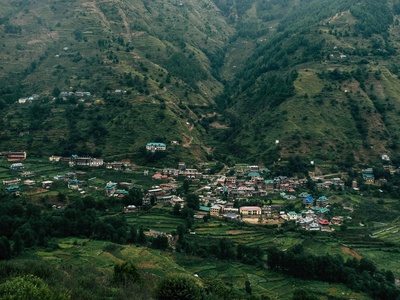
Lango
A language of the Eastern Nilotic group, spoken in the Imatong mountains. It is distinct from the Lango language of Uganda, which is a Western Nilotic language, and is closely related to Lotuko.
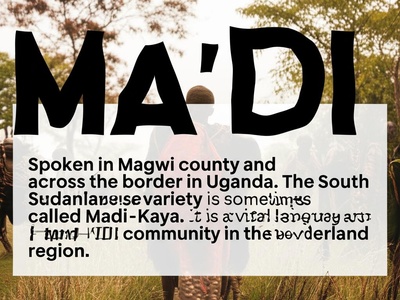
Ma’di
Spoken in Magwi county and across the border in Uganda. The South Sudanese variety is sometimes called Madi-Kaya. It is a vital language for the Ma’di community in the borderland region.
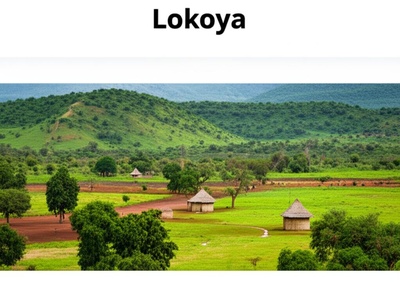
Lokoya
Spoken in the lowlands east of Juba, the Lokoya language is also part of the Lotuko group. The community is historically known for its rainmaking traditions, which are embedded in the language.

Pari
Spoken in a small, isolated community around the village of Lafon. Pari is linguistically interesting as it is surrounded by Eastern Nilotic languages but belongs to the Western Nilotic branch.

Nyangwara
A member of the Bari language cluster, spoken north of Juba. While linguistically close to Bari, its speakers maintain a separate cultural and linguistic identity.
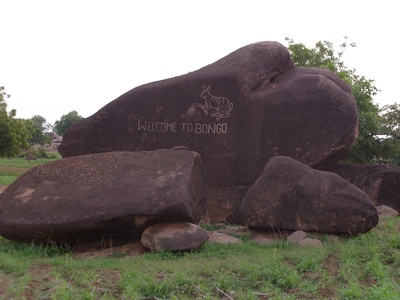
Bongo
Spoken by the Bongo people, an agriculturalist group living south of Wau. The population was once larger but was devastated by 19th-century slave raids, and the language is now considered vulnerable.
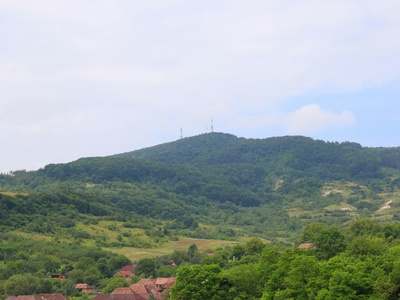
Dongotono
Spoken in the Dongotono Hills, this is another language from the Lotuko cluster. The community is relatively isolated, which has helped preserve the language’s use in daily life.
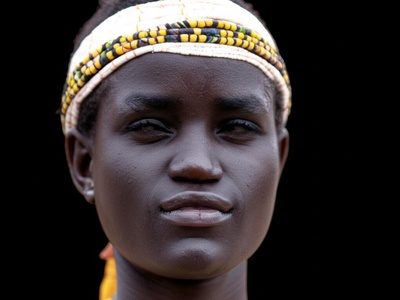
Belanda Viri
Also known as Bviri, this is the language of a subgroup of the Belanda people. Though they identify with the Luo-speaking Balanda Bor, their language is from the unrelated Niger-Congo family.

Yulu
Spoken in the Raja area and across the border in CAR. It is a Bongo-Bagirmi language and is used by the Yulu and Binga peoples.
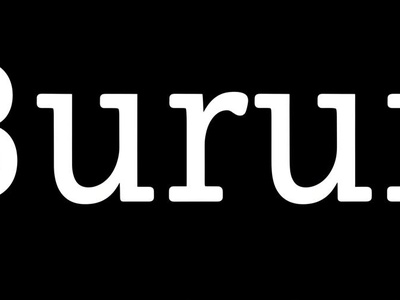
Burun
Also known as Mabaan-Jumjum, this refers to a cluster of languages spoken near the Blue Nile on the Sudanese border. It is part of the Northern Jebel group and is poorly documented.
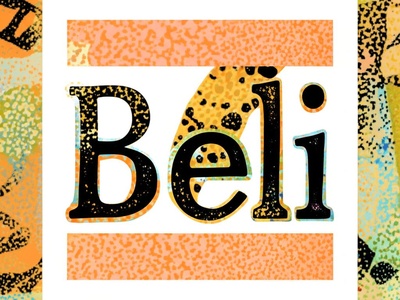
Beli
Spoken in the Rumbek area, this is a language of the Bongo-Bagirmi group. It is sometimes called ‘Jur Beli’ to distinguish it from other groups referred to as Jur.
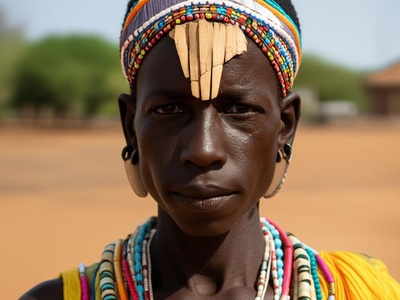
Feroge
Spoken north of Raja town, this is the language of the Feroge people. It is sometimes used as a local trade language in its immediate area.
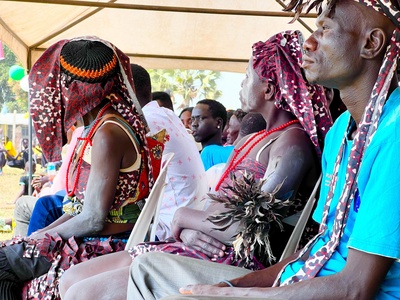
Keliko
Also known as Kaliko, spoken in the Yei region and into DRC and Uganda. The community has been heavily affected by conflict, but the language is a key symbol of their resilience and identity.
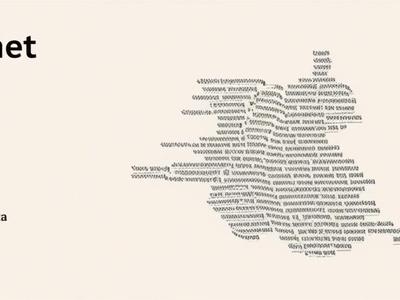
Tennet
A Surmic language spoken in the Lopit mountains. Tennet is closely related to Murle and Didinga and is known for its complex grammar and tonal system. Its speaker community is relatively small.
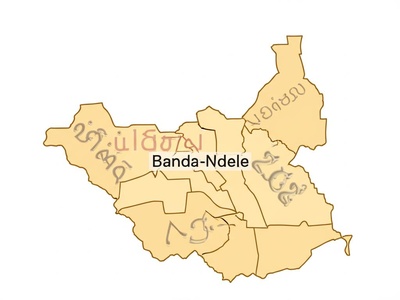
Banda-Ndele
One of several Banda languages spoken in South Sudan, concentrated in the Raja area. The Banda communities are spread across South Sudan, CAR, and Sudan.
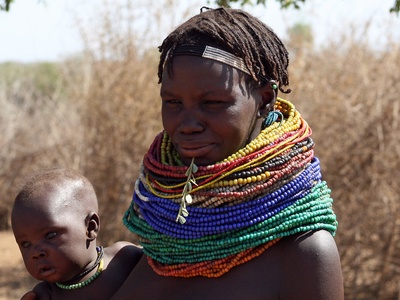
Nyangatom
Spoken by a small group in the Ilemi Triangle, a disputed territory adjoining Kenya and Ethiopia. It is part of the Teso-Turkana cluster, closely related to Toposa.
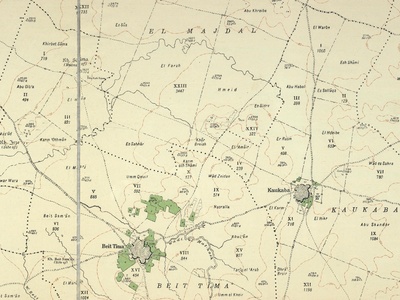
Tima
Spoken in the Nuba Mountains, an area disputed between Sudan and South Sudan. The Tima people live in a remote area, and their language is part of the small Katla family.

Logol
A Heiban language spoken in the Nuba Mountains. The community’s location in this contested zone places its future and linguistic status in an uncertain position.
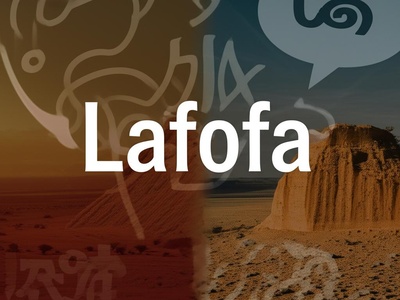
Lafofa
A language of the Talodi family spoken in the Nuba Mountains. Its speakers are located in a contested border region, making their geopolitical and linguistic situation complex.

Tingal
Spoken in the Nuba Mountains area, part of the small Rashad family. The political status of this region remains unresolved, impacting the communities who speak these unique languages.
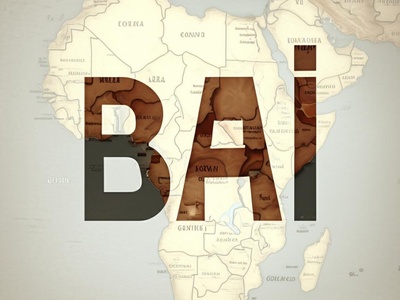
Bai
A vulnerable Ubangian language spoken in a small area around the town of Raga. Its speakers are increasingly shifting to more dominant regional languages like Ndogo or Juba Arabic.

Sere
An endangered language spoken near the border with DRC. Many speakers are shifting to Zande, the more dominant regional Ubangian language.
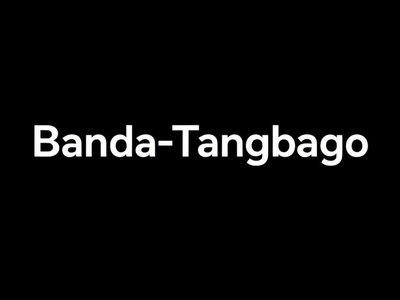
Banda-Tangbago
Another language in the Central Banda cluster spoken near the border. The Banda languages are numerous but often have small speaker populations within South Sudan.
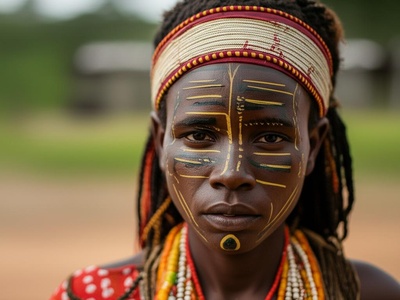
Banda-Zaga
Part of the Banda language complex, spoken by communities in the far west of the country. Banda speakers often live in multi-lingual settings, using languages like Zande for wider communication.
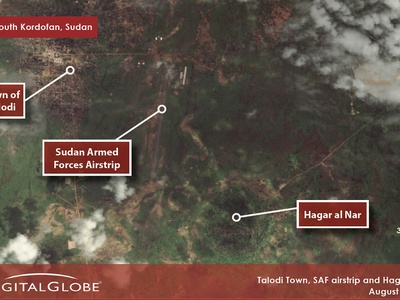
Talodi
Another language of the Talodi family from the Nuba Mountains. Like other languages of this region, its community is caught in the border disputes between Sudan and South Sudan.
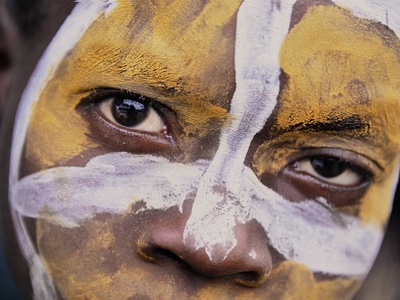
Suri
Also known as Kacipo-Balesi, spoken on the Boma Plateau near Ethiopia. The community is small in South Sudan but larger across the border. It is part of the Surmic language group.
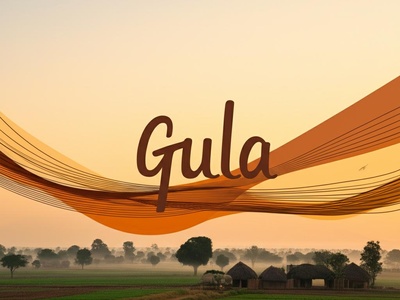
Gula
A Bongo-Bagirmi language spoken in a small area near the border with Sudan and CAR. The language is endangered due to the small speaker base and pressure from larger languages.

Laru
A Heibanic language spoken in the contested Nuba Mountains region. The language is small and under pressure from larger regional languages like Arabic.

Kara
Spoken by a small community surrounded by larger groups. It is a Bongo-Bagirmi language and is considered endangered due to its small number of speakers.

Ngulgule
A critically endangered language of the Daju family, spoken in a single village. Speakers are shifting to Ndogo and other regional languages.

Indri
A nearly extinct language spoken in the Raja area. The community is very small, and younger generations are shifting to other languages. It is one of South Sudan’s most endangered languages.

Mangayat
A critically endangered language spoken by a small community near the Central African Republic. Most speakers are elderly, and the language is at high risk of extinction.
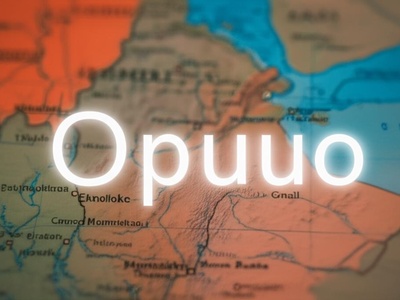
Opuuo
A critically endangered language of the Koman family, spoken near the Ethiopian border. The speaker community is very small and has been affected by assimilation and conflict.

Aja
A critically endangered language of the Kresh group, spoken in the Raja area. The few remaining speakers are elderly and bilingual in Kresh, making its survival unlikely.

